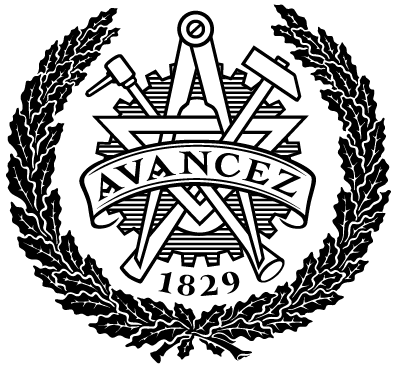Parametric study of fatigue of moorings used for wave energy converters
| dc.contributor.author | Flensburg, Frans | |
| dc.contributor.author | Larsson, Anders | |
| dc.contributor.department | Chalmers tekniska högskola / Institutionen för sjöfart och marin teknik | sv |
| dc.contributor.department | Chalmers University of Technology / Department of Shipping and Marine Technology | en |
| dc.date.accessioned | 2019-07-03T14:20:53Z | |
| dc.date.available | 2019-07-03T14:20:53Z | |
| dc.date.issued | 2016 | |
| dc.description.abstract | The demand for renewable energy is increasing and one great renewable energy source is the ocean. The newly installed wave energy converter (WEC) WaveEl buoy is designed by Waves4Power whose ambition is to start a mass production after the trial period. The mooring system represents an important part of the total cost of the whole WEC system. In this thesis a parametric study is conducted to review the impact of different parameters regarding the mooring system and environmental loads such as wave and current system as well as marine growth. The objective of this thesis is to carry out a parametric study with coupled simulations for the initial design fatigue assessment of polyester mooring lines, attached to the WEC, as well as to investigate the power capture of the system. This is done in order to investigate if the current mooring system is over dimensioned and if there is room for possible improvements. The methodology includes coupled simulations carried out in SESAM DeepC and in OrcaFlex, where hydrostatic, hydrodynamic and structural response analyses are done together with a software comparison. The output, tension force in the mooring lines and displacements of WEC, is used in the parametric study. The fatigue life is calculated by implementing the stress-based rainflow counting method, together with DNV GL’s equation, based on the Palmgren-Miner’s linear cumulative damage rule. It has been found that the mass of the mooring lines has a significant effect to fatigue life during the design sea state. An increase of diameter and the presence of marine growth increase the fatigue life whereas power capture decreases for the design sea state. Also, the correlation between the different headings and the mooring line that has the shortest fatigue life is clear. A reduction of diameter is motivated since the fatigue life is well above the wanted operation life. For a more extreme sea state the mooring system fails. In the software comparison between DeepC and OrcaFlex it is found that the stress response of the mooring lines differs, even though using same settings and simplifications. The difference can be explained by the calculation of the Morison equation for the lines. | |
| dc.identifier.uri | https://hdl.handle.net/20.500.12380/242499 | |
| dc.language.iso | eng | |
| dc.relation.ispartofseries | Report. X - Department of Shipping and Marine Technology, Chalmers University of Technology, Göteborg, Sweden | |
| dc.setspec.uppsok | Technology | |
| dc.subject | Maskinteknik | |
| dc.subject | Hållbar utveckling | |
| dc.subject | Farkostteknik | |
| dc.subject | Transport | |
| dc.subject | Mechanical Engineering | |
| dc.subject | Sustainable Development | |
| dc.subject | Vehicle Engineering | |
| dc.subject | Transport | |
| dc.title | Parametric study of fatigue of moorings used for wave energy converters | |
| dc.type.degree | Examensarbete för masterexamen | sv |
| dc.type.degree | Master Thesis | en |
| dc.type.uppsok | H | |
| local.programme | Naval architecture and ocean engineering (MPNAV), MSc |
